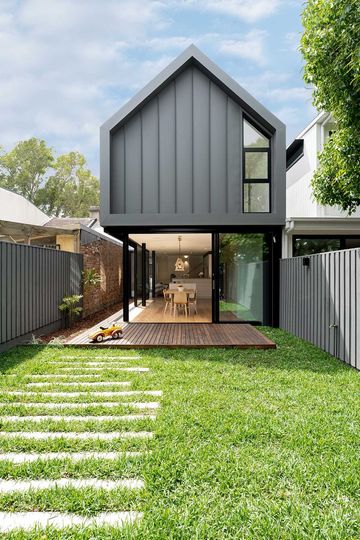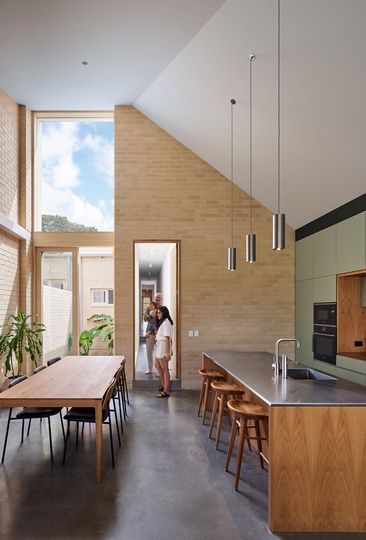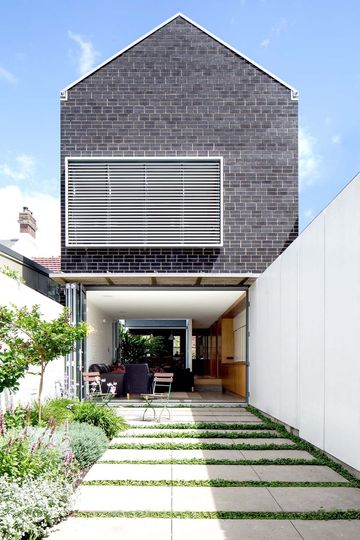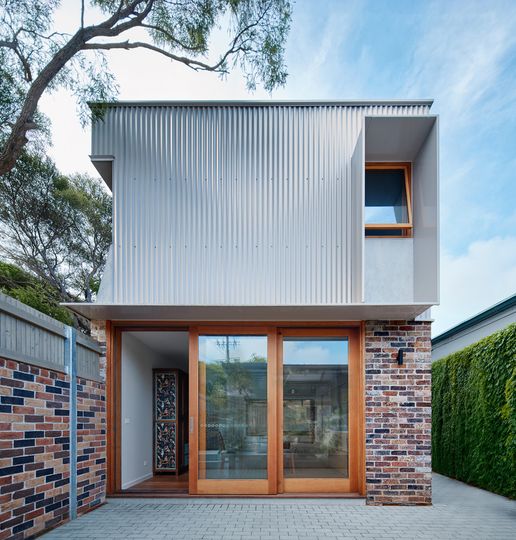Passive House standards have developed a reputation that often feels more like a high school rumour than reality. Let’s be honest: these homes sound a little too perfect—airtight, energy-efficient, allergy-friendly, and still gorgeous? How could they possibly be fun? To set the record straight, we’re diving into the top “terrible” reasons people resist Passive House. You might have heard some of these criticisms…

1. "I Want to Be Able to Open My Windows When the Weather is Good."
One of the most persistent myths about Passive House is that you’ll be trapped in a hermetically sealed box. Let’s set the record straight: Passive House homes absolutely allow you to open your windows! Chris of Kreis Grennan Architecture explains it best: “You can fling open your windows whenever the weather is nice. The idea is to have a system in place for when it’s not so nice—whether that’s heatwaves, bushfires, or pollen explosions”.
Christian Grennan adds, “Opening windows is encouraged when outdoor conditions are favourable, but the beauty of Passive House is having a system that ensures comfort and air quality even when you can’t”. So, whether you’re enjoying a breezy summer day or protecting yourself from smoky air, Passive House homes adapt seamlessly.
2. "It’s Too Expensive!"
We hear you: Passive House has a reputation for sticker shock. But let’s talk long-term value: while the initial cost might be higher, Kreis Grennan Architecture argues these homes are an investment in comfort, health, and long-term savings. According to Christian, “With energy costs climbing, the payback period for Passive House is shrinking. And let’s not forget: healthier indoor air quality is priceless”.
Chris expands, “Upgrades can range from $50,000 to $300,000 depending on the starting point, but you’re not just building a house—you’re creating a healthier environment for years to come. With proper planning, the payback can happen within 15 to 20 years”. And did we mention the potential boost in resale value? Passive House homes are an investment in both your quality of life and your property.
3. "They’re Only for Cold Climates."
Yes, Passive House standards were born in frosty Germany, but they’ve since taken a world tour. Whether you’re facing Queensland’s blazing heat or Tasmania’s chilly winters, the principles—airtight construction, insulation, and heat recovery ventilation—work wonders. “In hotter climates, Passive House design focuses on shading and keeping the heat out, while still allowing plenty of light and airflow,” Chris explains. “It’s all about designing for your specific environment”.
Christian elaborates, “The same principles apply across climates. The insulation either keeps heat in or out depending on the environment, and thoughtful design ensures homes are cool in summer and warm in winter without excessive energy use”.
4. "Airtight Homes Are Unhealthy."
This one’s easy to debunk. Passive House homes are equipped with state-of-the-art heat recovery ventilation systems that ensure a constant supply of filtered fresh air. According to Christian, “These systems eliminate allergens, pollutants, and even mould spores, making them a game-changer for anyone with asthma or allergies”.

Chris emphasises, “In Australia, where bushfires and pollen spikes are real concerns, Passive House homes offer a level of protection and comfort that traditional homes simply can’t match. You’ll breathe easier—literally”.
5. "They’re Too Rigid for Creative Design."
Here’s where Kreis Grennan Architecture really shines. Passive House isn’t a one-size-fits-all standard; it’s a framework. As Christian notes, “We’ve designed Passive House homes that are anything but cookie-cutter. The key is to integrate these principles into the design from the start, ensuring both functionality and beauty”.

Chris highlights their design philosophy: “It’s about understanding the client’s needs and incorporating Passive House principles seamlessly. This doesn’t limit creativity—it enhances it”. Their Rod Point Twins project, for example, balances energy efficiency with stunning aesthetics, proving that sustainable design can still be breathtaking.
The Final Verdict
Passive House standards might seem intimidating at first glance, but they’re actually the ultimate life hack: healthier living, lower bills, and better design all wrapped into one. With Kreis Grennan Architecture at the helm, you’re not just building a house—you’re investing in a lifestyle upgrade.

Still think Passive House is a terrible idea? Let KGA change your mind. Get in touch to discuss all the reasons Passive House standards are a terrible idea.